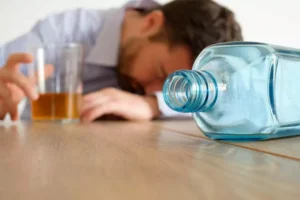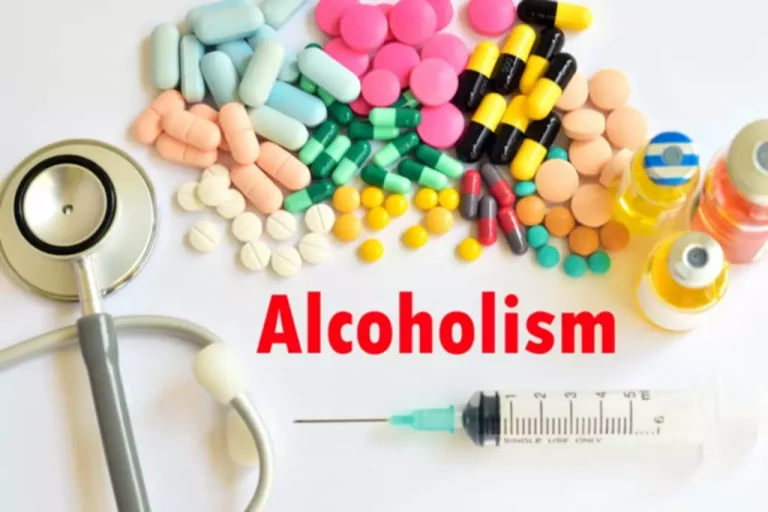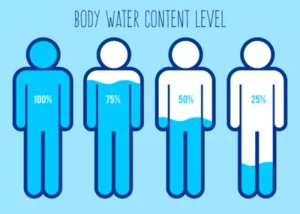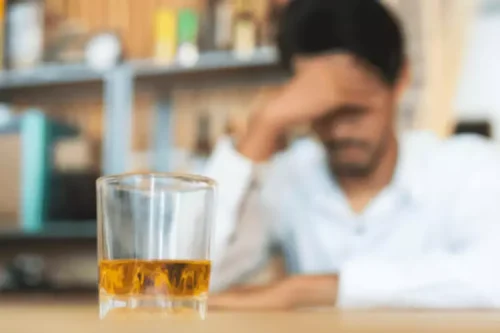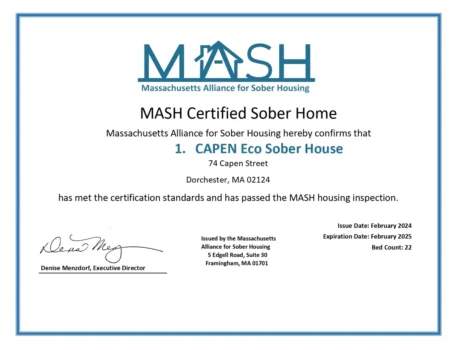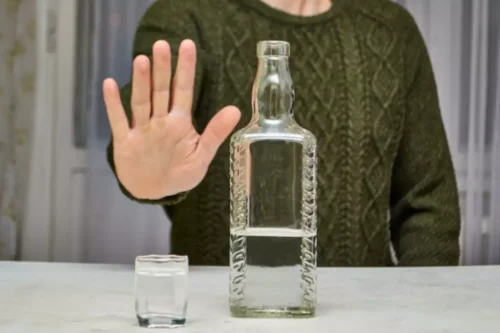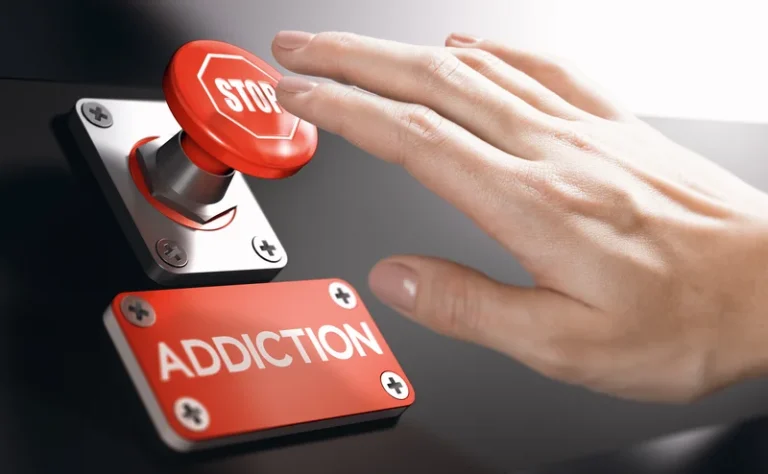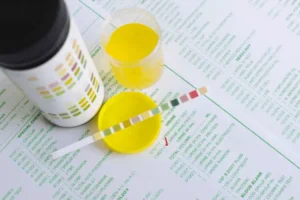
These drugs can produce a “high” similar to marijuana and have become a popular but dangerous alternative. Signs and symptoms of drug use or intoxication may vary, depending signs of opioid addiction on the type of drug. By Julie Scott, MSN, ANP-BC, AOCNPScott is an Adult Nurse Practitioner and freelance health writer with experience in oncology and hematology.
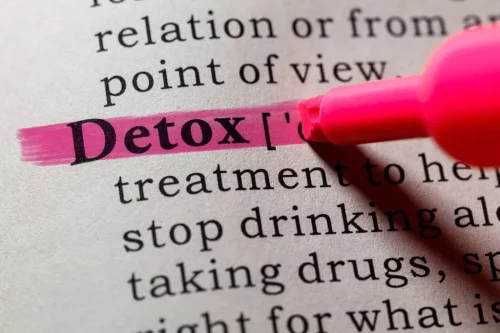
International Patients
- Unless otherwise specified, the information on our website and in our publications is in the public domain and may be reused or copied without permission.
- Opiates, also known as opioid painkillers, include prescription drugs such as hydrocodone, fentanyl, and morphine.
- The resulting glut of opioids reversed hard-won reductions in heroin overdose deaths and created a new generation of opioid users who overwhelmed the city’s resources, the lawsuit claims.
Depression and anxiety are often experienced by people who abuse opioids. Opioid abuse can cause the brain and body to become overly sensitive to pain. This often happens when someone is trying to cut back or quit using these medications. When this takes place under medical supervision, it is termed “medically managed withdrawal.” The first step toward recovery is recognizing that you have a problem with opioids. If you think you have an addiction, know that there is help for you and begin to seek it.
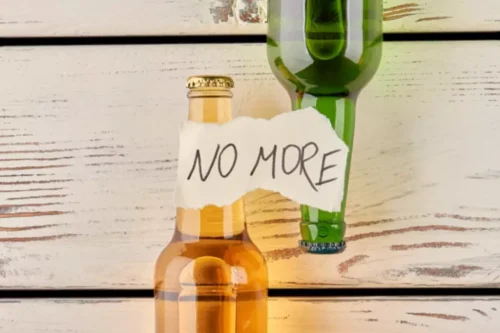
What should you do if you or someone you know is addicted?
Opioid use disorder is a challenging condition, but help is available. Many people are able to achieve abstinence through https://ecosoberhouse.com/ therapy, medication, and support from loved ones. There’s help available if you or someone you know is living with OUD.
- Once a substance use disorder (SUD) is identified, it’s vital to seek support as soon as possible.
- Opioids are a broad group of pain-relieving medicines that work with your brain cells.
- Remember that opioid use disorder is a medical condition that requires treatment and support from trained professionals.
- An intervention presents a loved one with a structured opportunity to make changes before things get even worse and can motivate someone to seek or accept help.
- Department of Health and Human Services.Use of trade names and commercial sources is for identification only and does not imply endorsement by the U.S.
- The Diagnostic and Statistical Manual of Mental Disorders, Fifth Edition, Text Revision (DSM-5-TR) is the handbook mental health and healthcare professionals use to diagnose mental health conditions.
Medication-assisted treatment (MAT)
Opioid use disorder is considered a chronic relapsing condition, which means that individuals may require multiple rounds of treatment and are at risk of misusing opioids in the future. This might mean that someone uses more than prescribed or experiences withdrawal if they stop taking the drug. Opioid use disorder occurs when an individual misuses or overuses certain medications or illegal drugs that are designed to relieve pain or cause feelings of euphoria or being “high.”
Signs of oxycodone overdose
- The strategy comes with risk, said Bruce Poole, a Hagerstown attorney who helped handle opioid lawsuits for several Western Maryland jurisdictions.
- His son is a single father to two children who relies on Hohenberger for support.
- Coexisting problems such as excessive alcohol use or underlying mental illness can complicate the recovery process.
- If a person then runs out of their prescription, they may take other opioid medications instead.
- Baltimore’s opioid problem will be expensive to remediate, no matter the cause.
- In addition to relieving pain and producing euphoria, opioids stimulate a range of other physiological responses.
Pharmacists and addiction medicine specialists provide recommendations to optimize OUD medication therapies and promote adherence to cognitive behavioral therapies. Therapists and other addiction and substance abuse professionals carry out cognitive behavioral therapies and promote adherence to medical therapies. The most effective treatments for opioid use disorder include the combined use of medication and behavioral treatment. These treatments are routinely provided on an outpatient basis, including primary care or at federally regulated opioid treatment programs. They can also be provided at a part- or full-time residential facility that specializes in treating substance use disorders.
Social Media Addiction
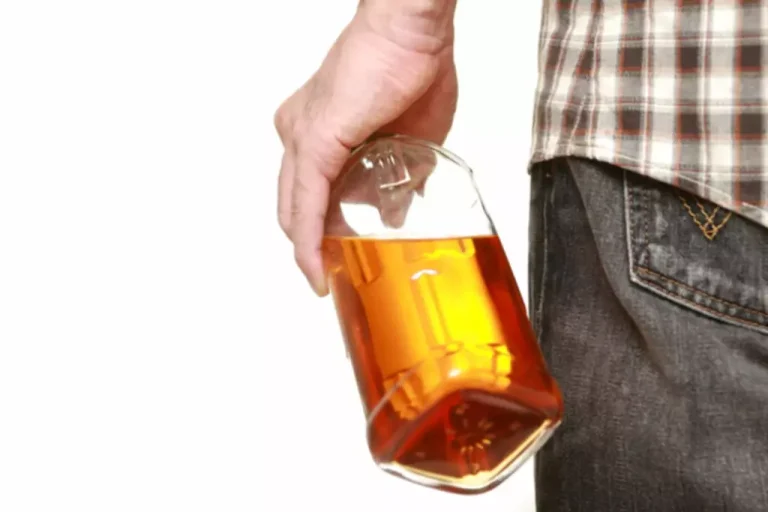
Others will focus on managing the euphoric effects of opioids and chemical addiction. Opiates come in several different forms and can be consumed a number of ways. While a majority of people legally obtain a prescription from their doctor, others may borrow or steal pills from family members or friends. However, using another person’s medications is illegal and constitutes abuse. Explore other medications and nondrug treatments that anesthesiologists use to provide effective pain management. It’s most often used to treat mood disorders, like anxiety or depression.
